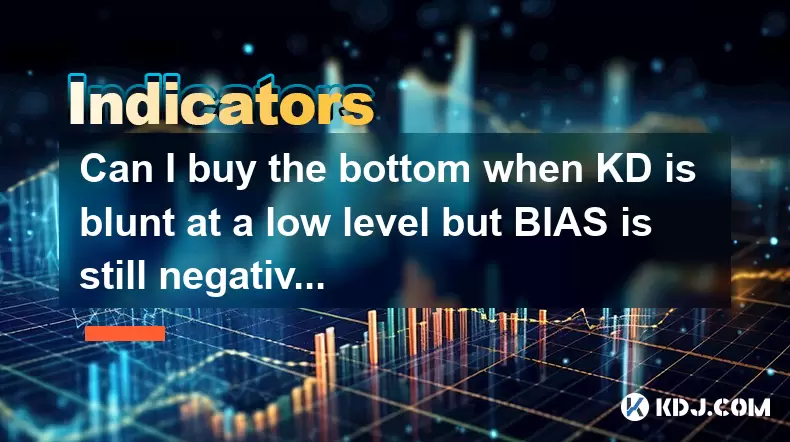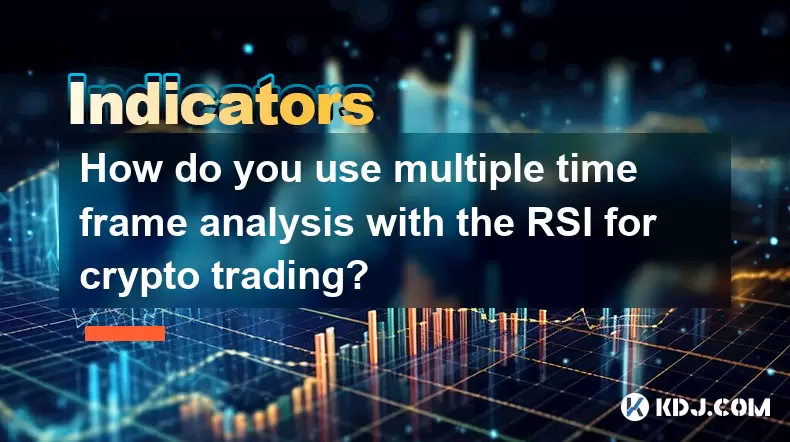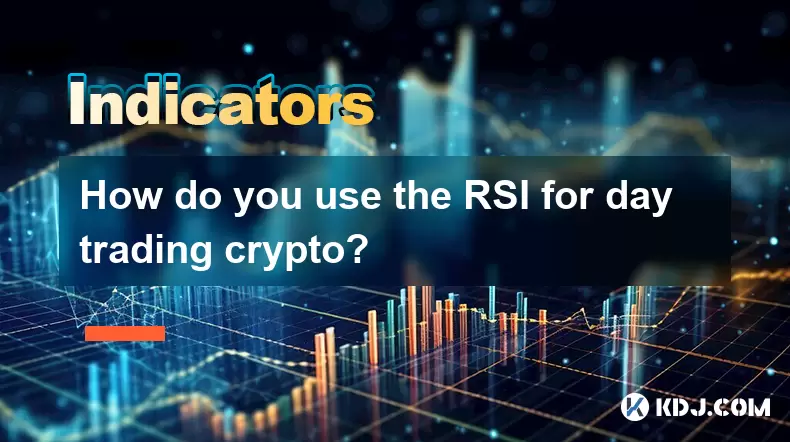-
 Bitcoin
Bitcoin $118400
0.47% -
 Ethereum
Ethereum $3836
2.20% -
 XRP
XRP $3.157
2.98% -
 Tether USDt
Tether USDt $0.9999
-0.03% -
 BNB
BNB $801.5
1.31% -
 Solana
Solana $180.9
2.07% -
 USDC
USDC $0.9999
-0.02% -
 Dogecoin
Dogecoin $0.2225
2.50% -
 TRON
TRON $0.3285
-1.02% -
 Cardano
Cardano $0.7789
2.60% -
 Hyperliquid
Hyperliquid $43.60
2.39% -
 Sui
Sui $3.892
4.41% -
 Stellar
Stellar $0.4229
3.34% -
 Chainlink
Chainlink $18.01
3.98% -
 Hedera
Hedera $0.2745
6.77% -
 Bitcoin Cash
Bitcoin Cash $582.3
3.38% -
 Avalanche
Avalanche $23.77
1.04% -
 Ethena USDe
Ethena USDe $1.001
0.01% -
 Toncoin
Toncoin $3.493
3.59% -
 Litecoin
Litecoin $110.0
2.48% -
 UNUS SED LEO
UNUS SED LEO $8.936
-0.37% -
 Shiba Inu
Shiba Inu $0.00001304
2.49% -
 Uniswap
Uniswap $9.999
1.09% -
 Polkadot
Polkadot $3.897
3.26% -
 Monero
Monero $308.6
-0.83% -
 Dai
Dai $0.9999
-0.01% -
 Bitget Token
Bitget Token $4.504
-0.04% -
 Pepe
Pepe $0.00001154
2.95% -
 Cronos
Cronos $0.1471
3.06% -
 Ethena
Ethena $0.6691
19.53%
Can I buy the bottom when KD is blunt at a low level but BIAS is still negative?
When KD is blunt at a low level but BIAS remains negative, it signals weakening downside momentum yet ongoing bearish control, requiring confirmation before entering long positions.
Jun 21, 2025 at 09:14 am

Understanding the Indicators: KD and BIAS
In cryptocurrency trading, technical analysis plays a crucial role in determining entry and exit points. Two commonly used indicators are KD (Stochastic Oscillator) and BIAS (Deviation Rate). The KD indicator, also known as the stochastic oscillator, helps identify overbought or oversold conditions in the market. When KD lines become blunt at a low level, it typically suggests that downward momentum is weakening. On the other hand, BIAS measures the deviation of price from its moving average, and a negative BIAS indicates that the current price is below the average, signaling continued bearish sentiment.
What Does It Mean When KD Is Blunt at a Low Level?
A blunt KD occurs when the %K and %D lines flatten out at a low level, usually below 20, which is considered an oversold zone. This often implies that downward momentum has stalled, and a potential reversal may be forming. However, this does not guarantee an immediate upward movement. In crypto markets, where volatility is high, a blunt KD at a low level can persist for some time before a real trend change occurs. Traders must not rush into buying just because the indicator appears oversold.
- KD below 20 indicates oversold condition.
- Flattened KD lines suggest lack of momentum.
- Does not confirm a reversal without additional confirmation.
Why Is BIAS Still Negative?
Even if KD shows signs of exhaustion, a negative BIAS means that the price remains below its moving average, typically the 10-day or 20-day MA. In crypto trading, BIAS negativity reflects ongoing weakness in price action. A negative BIAS could last even after the momentum slows down, especially during strong downtrends or prolonged bear markets. Therefore, while KD might hint at a possible bottom, BIAS tells us that the price hasn't yet reclaimed key support levels.
- BIAS = (Current Price – Moving Average) / Moving Average * 100.
- Negative value means price is below average.
- Can remain negative even during consolidation phases.
Can You Buy the Bottom Based on These Conditions?
Buying the bottom in crypto markets is inherently risky. When KD is blunt at a low level but BIAS remains negative, it creates a mixed signal. KD may indicate that selling pressure is easing, but BIAS warns that buyers have not yet taken control. In such scenarios, entering a long position too early can result in further losses if the price continues to drift downward. Experienced traders often wait for confirmation signals such as a positive crossover in MACD, price breaking above a key moving average, or a bullish candlestick pattern before considering a buy.
- Blunt KD suggests slowing downside momentum.
- Negative BIAS suggests ongoing weakness.
- Need for additional confirmation before entry.
How to Approach Trading Under This Scenario?
If you're considering entering a long position under these conditions, follow a structured approach:
- Monitor volume — increasing volume during flattening KD may suggest accumulation.
- Watch for price reaction at key support levels — if price holds near prior lows, it may indicate a bottom forming.
- Look for divergence between price and KD — higher lows in KD with lower lows in price may signal hidden strength.
- Use BIAS as a secondary filter — only consider long entries once BIAS turns positive or stabilizes.
Traders should also set tight stop-loss orders and avoid full-position entries. Scaling into positions gradually can help mitigate risk when buying near perceived bottoms.
Frequently Asked Questions
Q: What is the ideal BIAS level to consider buying?
There is no fixed number, but many traders look for BIAS turning positive or approaching zero from below as a sign of improving strength.
Q: Can KD alone confirm a bottom in crypto markets?
No, KD should never be used in isolation. It works best when combined with other tools like moving averages, volume, or candlestick patterns.
Q: How reliable is BIAS in fast-moving crypto markets?
BIAS can lag in highly volatile environments, so it's better used as a trend filter rather than a timing tool.
Q: Should I use longer timeframes to analyze KD and BIAS?
Yes, analyzing higher timeframes like 4-hour or daily charts can provide more reliable signals, especially for swing traders.
Disclaimer:info@kdj.com
The information provided is not trading advice. kdj.com does not assume any responsibility for any investments made based on the information provided in this article. Cryptocurrencies are highly volatile and it is highly recommended that you invest with caution after thorough research!
If you believe that the content used on this website infringes your copyright, please contact us immediately (info@kdj.com) and we will delete it promptly.
- SEC, Crypto, and Securities: Navigating the New Frontier
- 2025-08-01 05:10:12
- Cardano (ADA) Market Cap: Can It Compete with Emerging Cryptocurrencies and Meme Coins?
- 2025-08-01 04:30:12
- SEC, Crypto, and On-Chain: Navigating the Regulatory Maze
- 2025-08-01 02:31:40
- Jito Labs, Solana, and Liquid Staking: Riding the Wave of Innovation
- 2025-08-01 03:50:12
- Perpetual DEX: Navigating Onchain Trading and Solving Core Problems, a NY Perspective
- 2025-08-01 03:57:53
- Bitcoin Bullish Market: How Long Positions are Boosting the Crypto King
- 2025-08-01 02:35:33
Related knowledge

How do you use multiple time frame analysis with the RSI for crypto trading?
Aug 01,2025 at 05:19am
Understanding the Role of RSI in Crypto TradingThe Relative Strength Index (RSI) is a momentum oscillator that measures the speed and change of price ...

How can you use the RSI to determine exit points in crypto trades?
Aug 01,2025 at 04:29am
Understanding the Role of RSI in Crypto TradingThe Relative Strength Index (RSI) is a momentum oscillator widely used in the cryptocurrency market to ...

How do you use the RSI for day trading crypto?
Aug 01,2025 at 05:26am
Understanding the RSI in Cryptocurrency TradingThe Relative Strength Index (RSI) is a momentum oscillator that measures the speed and change of price ...

What does it signify when the MACD crosses below the zero line?
Aug 01,2025 at 01:43am
Understanding the MACD IndicatorThe Moving Average Convergence Divergence (MACD) is one of the most widely used technical analysis tools in the crypto...

How does the MACD histogram show momentum?
Aug 01,2025 at 01:16am
Understanding the MACD Histogram and Its Role in Cryptocurrency TradingThe MACD histogram is a visual representation of the difference between the MAC...

What is a MACD crossover?
Jul 31,2025 at 11:52pm
Understanding the Role of Private Keys in Cryptocurrency SecurityIn the world of cryptocurrency, private keys are the cornerstone of ownership and con...

How do you use multiple time frame analysis with the RSI for crypto trading?
Aug 01,2025 at 05:19am
Understanding the Role of RSI in Crypto TradingThe Relative Strength Index (RSI) is a momentum oscillator that measures the speed and change of price ...

How can you use the RSI to determine exit points in crypto trades?
Aug 01,2025 at 04:29am
Understanding the Role of RSI in Crypto TradingThe Relative Strength Index (RSI) is a momentum oscillator widely used in the cryptocurrency market to ...

How do you use the RSI for day trading crypto?
Aug 01,2025 at 05:26am
Understanding the RSI in Cryptocurrency TradingThe Relative Strength Index (RSI) is a momentum oscillator that measures the speed and change of price ...

What does it signify when the MACD crosses below the zero line?
Aug 01,2025 at 01:43am
Understanding the MACD IndicatorThe Moving Average Convergence Divergence (MACD) is one of the most widely used technical analysis tools in the crypto...

How does the MACD histogram show momentum?
Aug 01,2025 at 01:16am
Understanding the MACD Histogram and Its Role in Cryptocurrency TradingThe MACD histogram is a visual representation of the difference between the MAC...

What is a MACD crossover?
Jul 31,2025 at 11:52pm
Understanding the Role of Private Keys in Cryptocurrency SecurityIn the world of cryptocurrency, private keys are the cornerstone of ownership and con...
See all articles

























































































